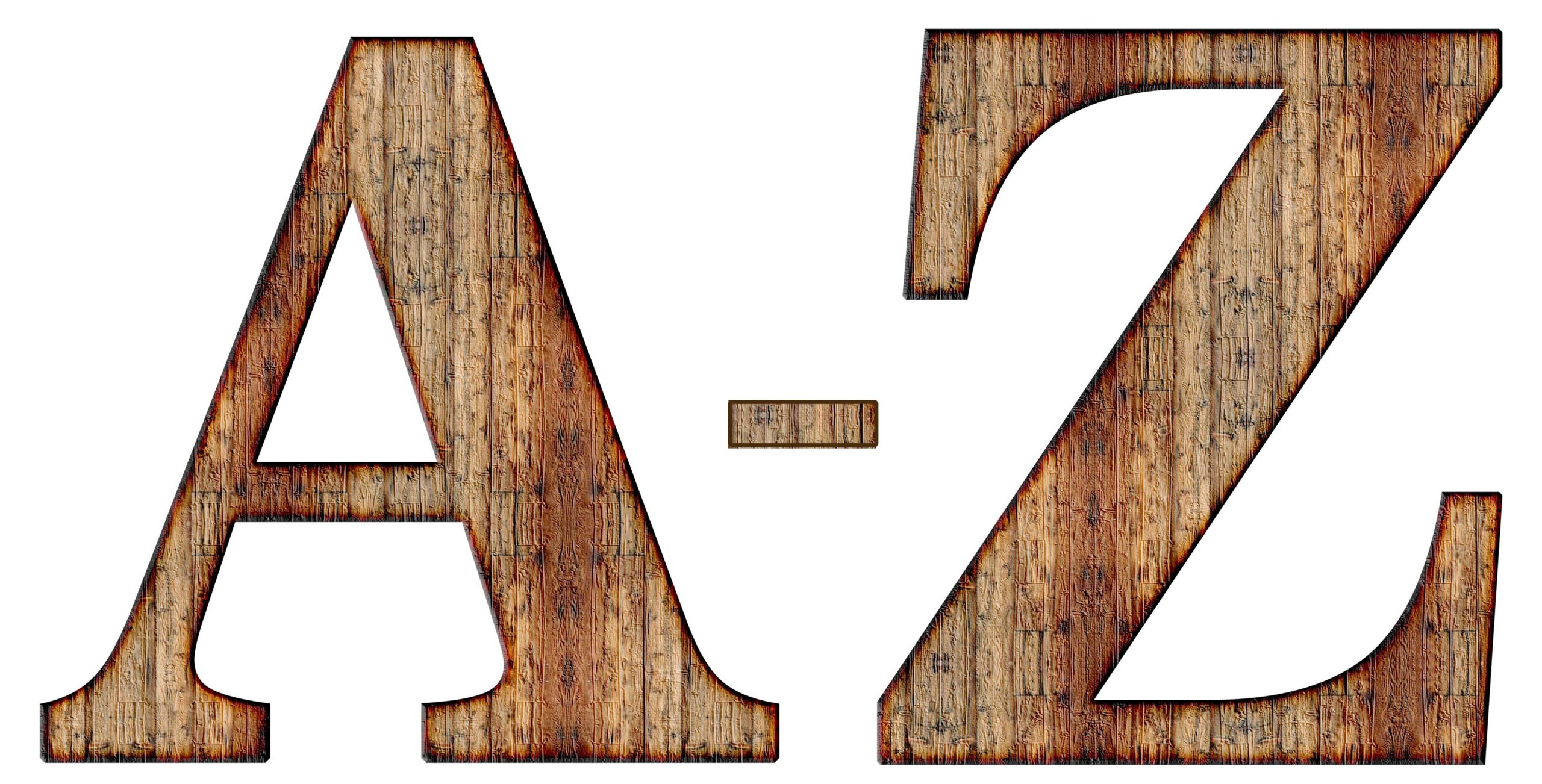
In our latest blog series, we take you through the world of numismatics one letter at a time, bringing you the coin terms, history and facts which make coin collecting a fascinating pastime. In the last of our series, we look at the letters U to Z.
U is for Upset
When the dies in the minting process are not aligned correctly, it creates a coin where the obverse and reverse designs are not level. This is known as an upset coin.
This can either happen because the dies were not installed into the press correctly or the dies have shifted during a minting run.
V is for Victoria
Queen Victoria reigned as Queen of the United Kingdom of Great Britain and Ireland from 1837 until 1901. At that time, she became the longest reigning monarch in Britain, surpassing the mark set by her grandfather, King George III.
Such was the length of her reign that Victoria became the first monarch to have three portraits of her adorn the coins in circulation in Britain.
The first portrait was known as the “Young Head” which was released in 1837. The portrait was so popular that it remained on the Queens coinage for the next 50 years. You can view the coin HERE. In 1887 a new portrait was introduced. By this time the Queen was now 68 years of age. The portrait was known as the “Jubilee Head”, however, this proved an unpopular design with a small crown perched on top of the Queen’s head, and it was only used until 1893. The third portrait of the Queen was known as the “Old Head” or veiled or widowed head, and this was in circulation until the Queen’s death in 1901.
W is for Whizzing
Whizzing refers to the process of artificially attempting to add lustre to a coin by removing metal from the coins surface.
This can be done in a variety of ways, either using wire wool, dripping acid on the coin or by using a high speed buffing wheel.
X is for X
X is used as an abbreviation by the Professional Coin Grading Service or PCGS, when grading coins. Its stands for Extremely, and is used in the description “Extremely Fine”.
There are many different grades that the PCGS use to grade coins, and some examples of some of the finest coins you can acquire, that have been graded and slabbed by the PCGS, can be found in our “Queen Elizabeth II 1971-2021 Decimalisation 50th Anniversary Set – Mint State” which you can view HERE.
Y is for Year Set
This term refers to a coin collection consisting of one of each kind of style and size of coin, issued by a country, for any given year.
One such collection is the Queen Victoria Veiled Portrait Silver and Bronze Set, which features a matching year date set of coins that are now over 120 years old. You can see that set HERE.
Z is for Zinc
Zinc is a metallic element and base metal which is sometimes used in the manufacture of coins.
It appears in the alloy, nickel-brass, which was metal used to make the pre-2017 British One Pound coin, and also the alloy bronze.
It can also be used as a coating for coins that are made of a metal or alloy which are more susceptible to corrosion, for example, steel.
We hope you have enjoyed our journey through the Alternative A-Z of coins. Look out for our next blog series, which we will be releasing soon.


